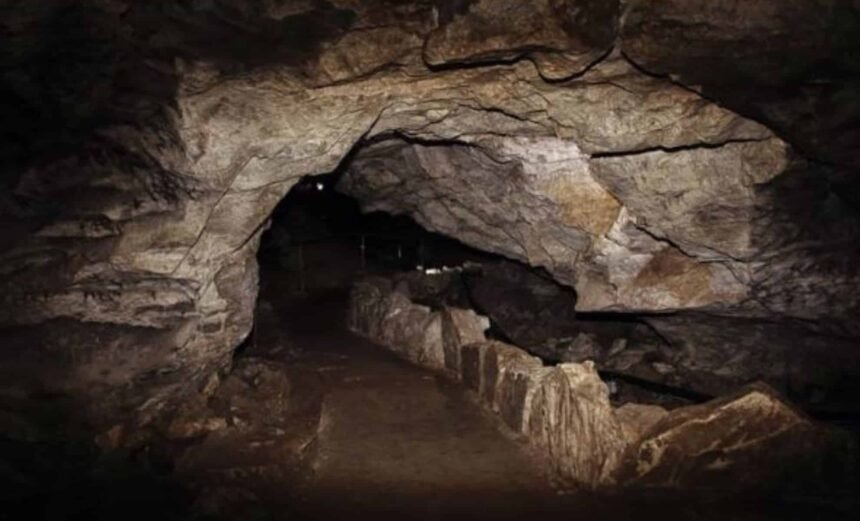In September 2023, a caving expedition in the Mexican state of Guerrero took an unexpected turn when two explorers mistook a pile of objects for modern garbage. But what seemed like waste turned out to be an extraordinary archaeological find—500-year-old treasures possibly linked to pre-Hispanic fertility rituals. The discovery, further by Mexico’s Instituto Nacional de Antropología e Historia (INAH) in an official article, sheds new light on a little-known Indigenous culture that once inhabited the region.
The cave, known as Tlayócoc—meaning “Cave of Badgers” in the Nahuatl language—is located at 7,800 feet above sea level. It had likely not been entered for centuries until speleologist Katiya Pavlova and her local guide, Adrián Beltrán Dimas, ventured inside. What they uncovered now sits at the intersection of archaeology, mythology, and deep cultural memory.
A Perilous Journey into the Depths
The entrance to Tlayócoc is not for the faint of heart. The explorers had to crawl and swim through tight, submerged corridors to access the inner chamber. “I looked in, and it seemed like the cave continued. You had to hold your breath and dive a little to get through,” Pavlova said in a translated statement. “That’s when we discovered the two rings around the stalagmites.”
Roughly 500 feet into the cave, they emerged into a space where the ceiling dropped to just six inches above the water. After squeezing through the final passage, they discovered 14 artifacts arranged in deliberate formations. This included shell bracelets, stone disks, and a giant snail shell, each placed with evident care and possibly sacred intent.
Their initial assumption—that they’d stumbled upon modern litter—was quickly overturned as they recognized the craftsmanship and ceremonial arrangement of the objects. They contacted INAH immediately, prompting a formal archaeological investigation.

Clues to a Forgotten Culture
The findings inside Tlayócoc have been tentatively attributed to the Tlacotepehua culture, a relatively obscure group known to have lived in the region during the Postclassic period (A.D. 950–1521). According to archaeologist Miguel Pérez Negrete, who led the official recovery effort, the site likely played a role in fertility rites. “For pre-Hispanic cultures, caves were sacred places associated with the underworld and considered the womb of the Earth,” Pérez explained.
Among the most telling objects were four shell bracelets looped around small stalagmites. The phallic symbolism of these formations supports the theory that this chamber was used in fertility rituals. Decorative carvings found on three of the bracelets include the xonecuilli—an S-shaped motif associated with the planet Venus and the passage of time—as well as a human-like profile that may represent Quetzalcoatl, the Mesoamerican creator god.
These insights help archaeologists reconstruct ceremonial behaviors that were lost to written history. More importantly, they link this find to a broader cosmological and ritual framework that defined many Mesoamerican belief systems.


A Preserved Window into the Past
One of the most astonishing aspects of the Tlayócoc find is the exceptional condition of the artifacts. The cave’s environment appears to have acted as a natural vault, preserving organic and mineral materials for over five centuries. “It’s very likely that, because they were found in a close environment where humidity is fairly stable, the objects were able to survive for so many centuries,” Pérez said.
The discovery includes carbonized wood fragments, suggesting that fire or light may have been part of the original ritual. The orientation and placement of each item also imply a premeditated and symbolically charged act, rather than random disposal or loss.
The relative isolation of the site—combined with its inaccessibility—suggests it may have been a place of secret or elite ritual activity, visited only by selected individuals. This level of preservation offers a rare chance to study ritual spaces untouched by looting or later cultural intrusion.











